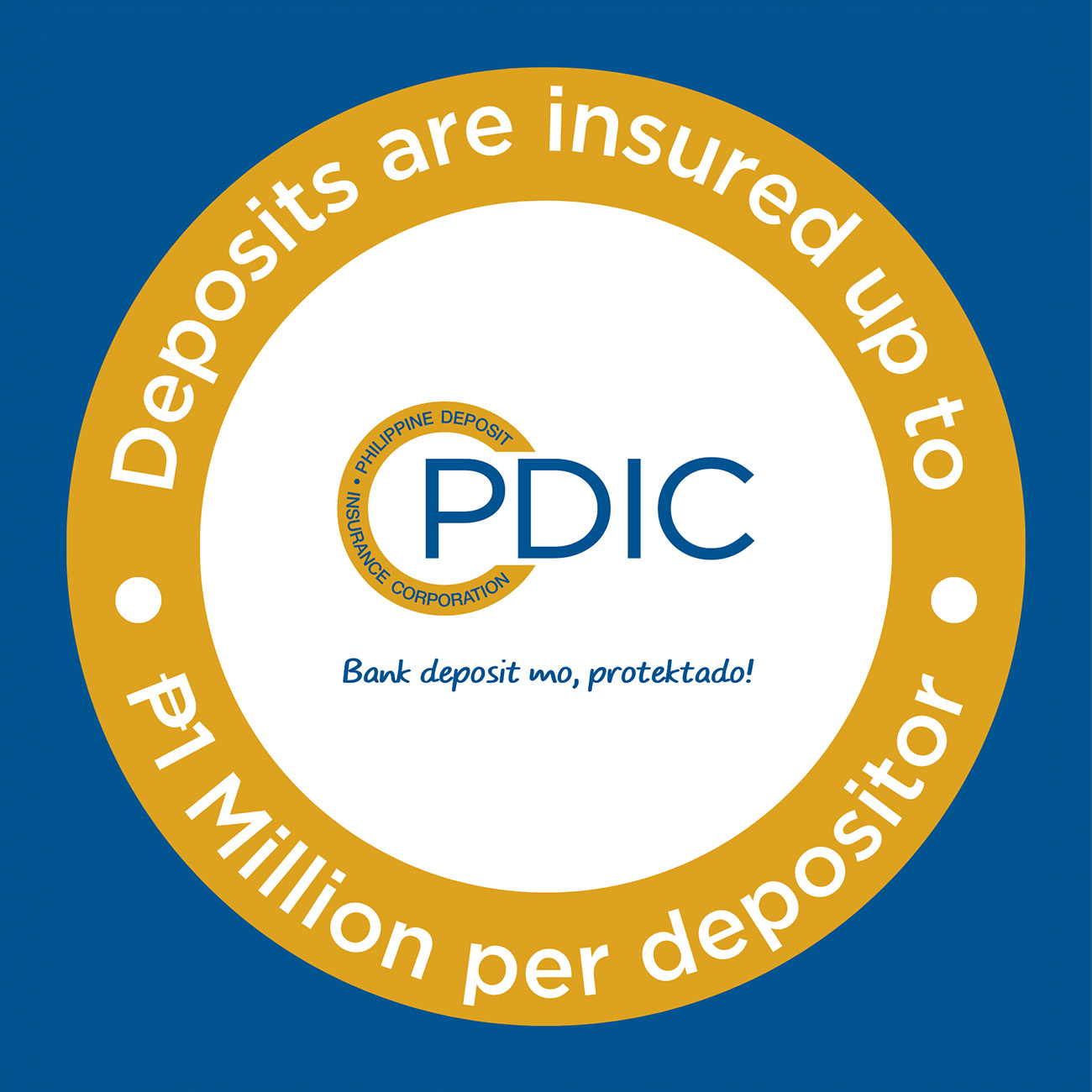As the global community commemorates Earth Day in 2024, the spotlight falls on one pressing issue: the urgent need to reduce the dependence on plastics.
With 380 million tons of plastic being produced every year1 and with the Philippines standing as one of the leading contributors to the global plastic waste polluting the ocean (contributing to 2.7 million tons of plastic waste annually)2,3, the need to do more for the environment becomes increasingly evident.
A simple yet helpful way to contribute to the cause is swapping your everyday plastic items with sustainable options. For instance, you can avoid single-use plastic bottles, which are among the culprits contributing significantly to the global plastic pollution crisis— it could potentially take up to 450 years for plastic bottles to decompose.
Here are some alternatives you should consider:
One of the best alternatives to plastic bottles are aluminum and stainless-steel tumblers.
Aluminum tumblers are usually lightweight, making them convenient for on-the-go use. Aluminum is resistant to corrosion and reacts minimally with water or other beverages, preserving their taste.
If you want a durable option that you bring anywhere, you cannot go wrong with a stainless-steel tumbler. Most stainless-steel containers come lined with insulation, which helps keep the water cool or hot. On top of this, they can easily be cleaned, and do not retain flavor and odors.
Instead of using plastic containers to pack your food, get a glass one. Glass is considered one of, if not the safest material for containers given its inert nature, which means that they do not leach harmful chemicals into the food or beverage.
Glass containers are also non-porous, preventing them from absorbing flavors, odors, and even bacteria. This quality also makes glass containers ideal for reheating food. Furthermore, they are easier to clean and are durable, albeit a bit heavy compared to other options.
Single-use plastic bottles are among the culprits contributing significantly to the global plastic pollution crisis.
Though not as common as others, silicone containers are also a great alternative to plastic. They usually are flexible and collapsible, making them convenient for storage and travel.
Food-grade silicone containers are heat-resistant, microwave-safe , and can be used for both storing and reheating food and beverages.
There are also reusable silicone food covers that you can use to replace plastic wraps when storing food. Silicone food covers create an airtight seal, keeping food fresh for longer periods.
The next time you head out to buy some groceries, it might be best to bring your own shopping bag.
One example is bayong, Filipino’s traditional woven bags. Made from indigenous materials such as abaca, buri, or pandan leaves, bayong bags are not only durable and versatile but also biodegradable and eco-friendly.
There are modern iterations of bayong made from recycled materials like foil, nylon, paper, and old textiles. They can be in the form of tote bags, which you can bring on a quick run to the farmer’s market.
There are also tote bags made from canvas — not only are they easier to store and bring, they can also be customized.
Consider skipping the plastic utensils when grabbing takeout for lunch or dinner to help cut down on plastic waste. Instead, bring your own washable utensils to work or school. You can even keep a set of reusable cutleries in your bag or desk drawer for convenient access whenever you need it.
Do not forget about reusable straws—they're typically made from durable materials like stainless steel, silicone, or bamboo. Whether you're dining out at a restaurant, grabbing a coffee on-the-go, or sipping on a freshly made juice, using reusable straws is a simple yet effective way to champion sustainability and reduce plastic waste.
The campaign for Earth Day 2024 calls for a 60% reduction in the production of plastics by 20401. By making conscious choices in our everyday lives, we can do more in protecting and preserving our planet for future generations.
-


